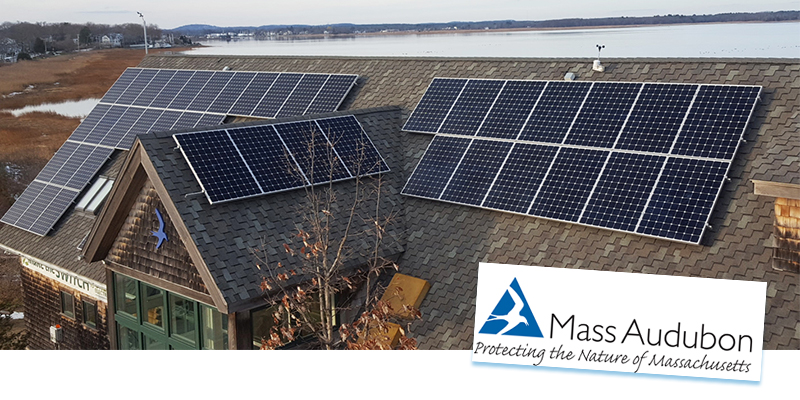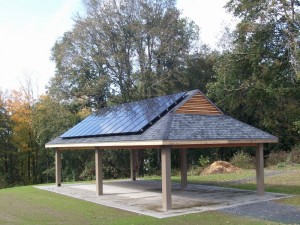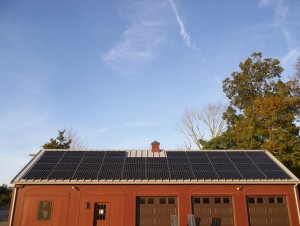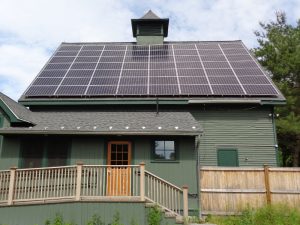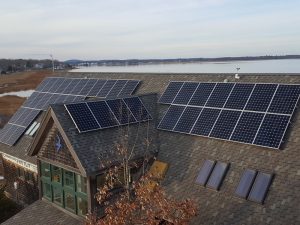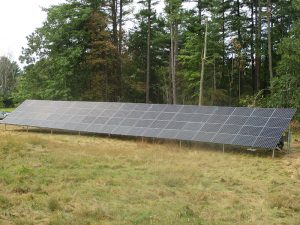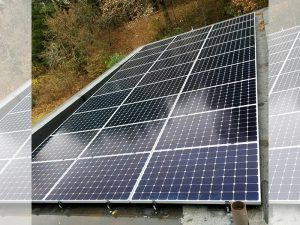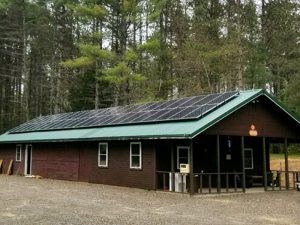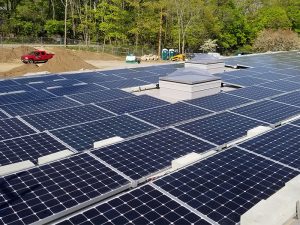Mass Audubon: Leading, and Teaching, by Example
Solar Electric System
“Solar reduced our operating costs and gave us long-term financial relief.”
Mass Audubon’s decision to install solar energy systems at its 20 staffed wildlife sanctuaries was driven in part by the educational opportunities and environmental benefits presented by renewable energy. But as a nonprofit largely dependent on donations, membership fees and earned income, stabilizing operating expenses and locking in energy prices were major drivers, too.
Taking Action
“We started accelerating our act in response to climate change issues around 2003,” explains Bancroft Poor, Vice President for Operations and Chief Financial Officer. After focusing on energy conservation and efficiency improvements for several years, Mass Audubon turned its attention to renewable energy.
New England Clean Energy has designed and installed eight of Mass Audubon’s solar energy systems, including a 25-kilowatt, ground-mounted system at its headquarters in Lincoln, MA, and a 25-kilowatt system at its Joppa Flats Education Center in Newburyport. Click on a photo for information on each system:
The monetary impact of the solar installations is significant. For example, the 76-panel array on the Joppa Flats Education Center covers 99% of the site’s electric usage. That is equivalent to taking 4.4 cars off the road every year.
The 42-panel array on the state-of-the art operations and maintenance facility at the Ipswich River Wildlife Sanctuary produces electricity equivalent to what an average home might use in a year. (Click here to see how much solar energy this system is producing now, and historically.)
Poor likes that New England Clean Energy is a small, local, responsive company, with extensive knowledge about and experience in designing and installing solar electric systems. “The installers were prompt, professional, knowledgeable, and conscientious during the installation process, in a location where a lot of students were present and safety was a major concern.”
Improving the Bottom Line
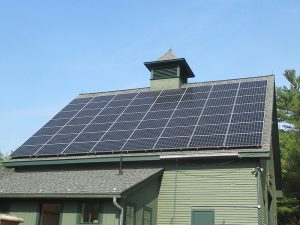 With 42 solar energy systems now installed at 22 locations, more than 41% of Mass Audubon’s electricity comes from clean, cost-effective solar produced at the organization’s own sites. That’s estimated to be more than $75,000 off its annual electricity bill.
With 42 solar energy systems now installed at 22 locations, more than 41% of Mass Audubon’s electricity comes from clean, cost-effective solar produced at the organization’s own sites. That’s estimated to be more than $75,000 off its annual electricity bill.
Poor has watched solar installation prices drop in recent years. “At first, we were willing to pay a premium because it was the right thing to do. Today, the cost of installing solar is roughly half what it was in the beginning, making solar even more compelling,” he says.
Poor cites the many financial benefits of solar to Mass Audubon:
- Reliable — “The solar systems perform as promised and are virtually maintenance free. That’s not true of most products you buy. It’s definitely not true of a car or furnace.”
- Financial Protection — “Solar reduced our operating costs and gave us long-term financial relief.”
- Stable Energy Costs: “We don’t have to worry what electricity prices are doing, because our prices are fixed for the solar we have installed.”
The bottom line? “Solar just makes a whole lot of sense.”
Environmental Leadership
A half million people, plus 11,000 summer campers, visit Mass Audubon facilities each year, so the impact of visible solar energy arrays as teaching instruments is enormous.
“People know we’re a nonprofit organization, so solar on our buildings sends a message that this technology is affordable and accessible, as well as effective for reducing our carbon footprint,” Poor says.
“We hope to lead by example. We’re not content just to do the right thing on our properties. We want to inspire visitors and members to reduce their carbon footprints, too.”
What’s next for Mass Audubon’s visionary climate change agenda? Trying to achieve “net zero” energy-use status at its sanctuaries. No doubt they’ll succeed.

